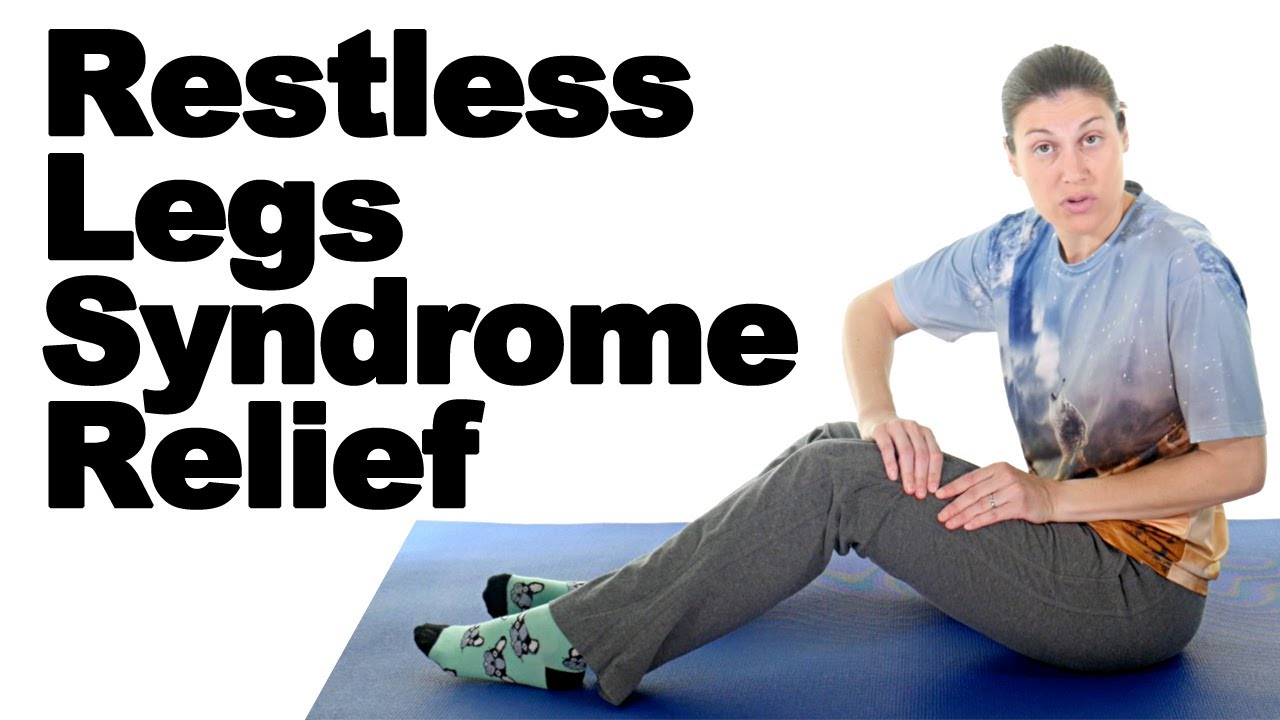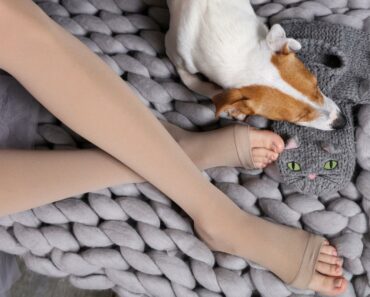Restless legs syndrome (RLS), a state portrayed by a virtually appealing encourage to move about the legs, particularly in the sundown, is very frequent, with in excess of three million personal belongings recognized in the U.S. each year. At the same time as nearly all people are most likely familiar with RLS, what may be less generally known is that folks with obtrusive sleep apnea (OSA) are more possible to suffer from RLS. What is the relationship between the two issues?
Unluckily, RLS and sleep apnea are two circumstances that are more probable to build up as a individual ages. While anybody at any age can be precious by either condition, those over the age of 40 are more likely to have OSA, and when it comes to RLS, many who understanding harsh symptoms are elder, with symptoms typically becoming more recurrent and lasting more time as time goes on.
One revision create that clinically noteworthy RLS (meaning symptoms present at least two to three days per week) was set up in 8.3% of sleep apnea sufferers. In assessment, the study’s control cluster without sleep apnea confirmed RLS symptoms at only 2.5%
Specific behavior, for instance having alcohol in the hours before bed and smoking, can minor sleep superiority and make both RLS and OSA worse. The level of caffeine can also unenthusiastically collision both situation, although each person’s tolerance to caffeine differs. If you have difficulty with either RLS or OSA, be sure to A) Check your caffeine consumption – a universal rule of thumb is to stop drinking caffeine after noon, B) Limit alcohol consumption before bed and avoid overdoing it – having a drink or two in the 3-4 hours before bed is best, and C) Stop smoking if you are prone to the habit. Quitting smoking is, of course, easier said than done, and we encourage anyone who is looking to quit to check out available resources.
Improve Sleep Hygiene to Mitigate RLS & OSA
Good sleep hygiene habits, such as sticking to a regular sleep schedule, making sure your room is “cave-like” (dark, quiet, and cool), and following a relaxing bedtime routine can help manage both conditions and prepare you for the best sleep possible (hint: a hot bath is perfect for bringing relief for RLS). It’s also wise to turn off all of your electronic devices about an hour before bed, as they emit a blue light that has been shown to reduce the brain’s production of the sleep hormone, melatonin.
If you find yourself struggling with both of these issues on a regular basis, you’re far from alone, and fortunately, research shows that there are solutions to help you finally take control of both conditions at the same time.
Scientific studies have found that the use of a CPAP machine for sleep apnea treatment is beneficial for treating RLS concurrently. In fact, one study found that the use of a CPAP enabled more than half of the patients observed to reduce their use of drug therapy for RLS treatment. While there is less research about the efficacy of oral appliance therapy for treating RLS in combination with sleep apnea, it is reasonable to assume that oral appliances, similar to CPAP, would have positive outcomes for treating the conditions.




